It’s time to explore the exciting world of greaser culture, where rebellion meets style in the iconic era of the 1950s. The Greasers embodied a spirit of defiance against societal norms.
This subculture, born out of working-class youth seeking identity and solidarity, left an indelible mark on fashion, music, and social dynamics.
Get ready to rock and roll with the rebels of yesteryear and discover how their timeless style continues to captivate and inspire today!
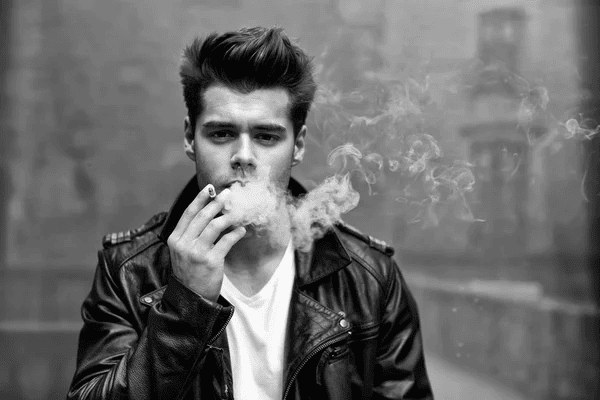
Key Takeaway
- The Greaser subculture emerged as a response to the social and economic climate of the 1950s, with youth seeking to express their identity through distinctive styles and values.
- Popular culture icons played a significant role in shaping the Greaser aesthetic, including specific clothing items and hairstyles that defined the subculture.
- Greasers formed tight-knit communities and social groups, which provided a sense of belonging and support in the face of their challenges.
- The influence of the Greaser subculture can still be seen in various aspects of contemporary fashion, music, and popular culture, a testament to its enduring legacy.
Introduction to Greaser Culture
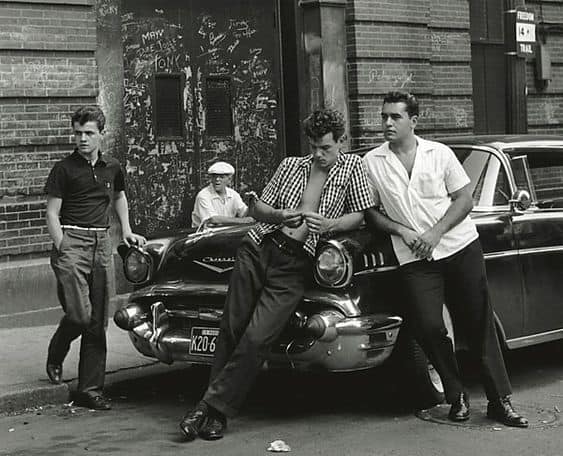
Credits: northendwaterfront.com/Pinterest
The 1950s was an era of significant changes in American society, especially in the fashion industry, movies, and music.
Many young men and teenagers around the US looked up to famous movie stars and musicians as their role models. As a result, fashion trends during the 1950s were heavily influenced by these celebrities, and young men across America sought to mimic their styles.
During the industrialization era in urban America, young men wanted to stand out from the crowd by choosing their clothing styles. They preferred casual and leisure outfits over conservative clothing.
This period was characterized by increased income and paved the way for a new subculture among working-class youths, a.k.a the Greaser subculture.
But what does the term Greaser mean?
The greasers were primarily working-class young men who rejected mainstream norms and values of the time.
These men wanted to show rebellion, and they did it through their clothing styles, behavior, community, and the music they were listening to. Ethnic groups in urban areas adopted the subculture, specifically Italian Americans and Latin Americans.
The 50s greaser look usually included leather jackets, tight jeans, T-shirts, and slicked-back hair. These features represented a sense of toughness and belonging to a different subculture. Greasers used to hang out in various places, such as music venues, street corners, public parks, and diners.
Popular artists like Elvis Presley, Buddy Holly, Jerry Lee Lewis, Johnny Cash, and Chuck Berry often made songs about the Greaser’s lifestyle and sometimes wore Greaser clothing styles themselves.
Were greasers misunderstood?
You could say so, but let’s take a step back.
Greasers faced various stereotypes and were often represented as bad boys, which was not surprising considering their core values: free spirit and non-conformity.
They saw role models in Hollywood antiheroes and, therefore, were something people would disapprove of. However, while some greasers did engage in rebellious activities such as street racing or minor vandalism, the majority did not participate in any illegal activities or street gangs.
Is the Greaser subculture still popular today?
The original greaser image appeared in the 1950s but was further popularized during the 1960s, thanks to movies, television shows, and music. The 1970s saw a revival in interest in Greaser culture, mostly within the punk-rock and rockabilly subcultures.
The 1980s brought a wave of nostalgia for 1950s culture, including greaser fashion and music. Popular movies like “Grease” and “The Outsiders” romanticized the image of greasers and their way of life.
During the 1990s, new musical movements emerged, such as grunge and alternative. These movements challenged mainstream fashion norms by offering an alternative to the polished and preppy styles that dominated the industry.
Icons of the Greaser Era
So, who were the bad boys that made the Greaser subculture popular? Let’s find out!
Marlon Brando: The Ultimate Greaser Icon
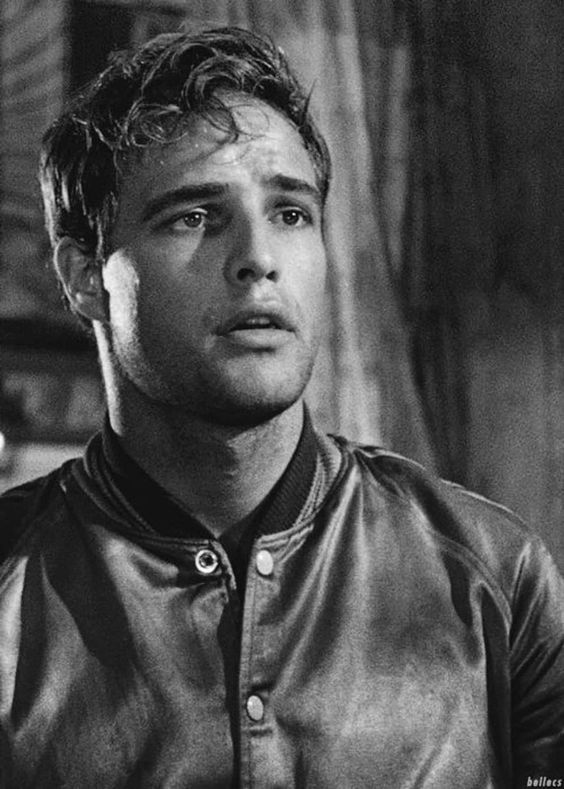
Credits: ranker.com/Pinterest
Marlon Brando is known for his charismatic yet rebellious characters, especially during the 1950s.
His roles made him one of the most popular Hollywood antiheroes and rebels and probably the leader of the Greaser subculture.
His outfit in “The Wild One“ has become an iconic symbol of his rebellious persona, featuring a leather jacket, engineer boots, and a motorcycle. We can’t forget his tough working-class image and rebellious nature in “Waterfront,” where he portrayed vulnerability, regret, and frustration despite his macho exterior.
In the 1950s, Marlon Brando was considered attractive, with a muscular and handsome physique.
He often wore tight denim jeans and T-shirts that showed off his tough image, combining his rebellious nature with physical strength.
Because of his image, many young men who identified with the greaser subculture began to dress similarly. This look conveyed a sense of toughness, emotional intensity, and misunderstanding.
James Dean: Rebel Without a Cause
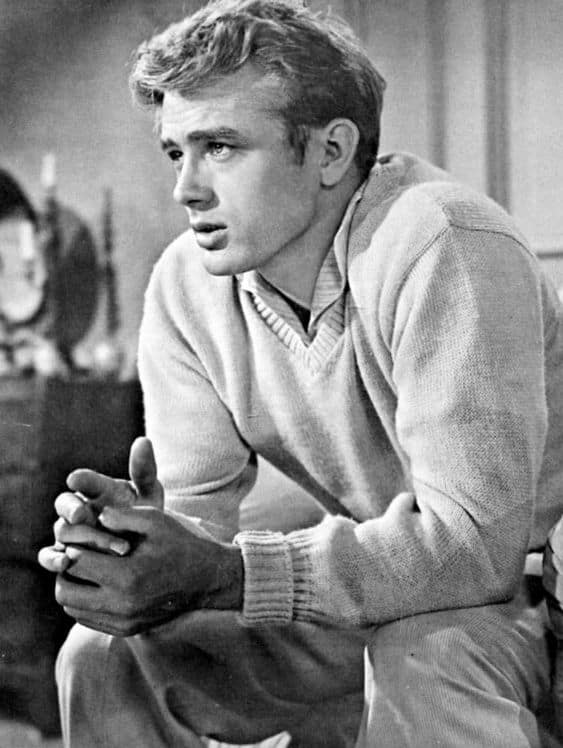
Credits: clickamericana.com/Pinterest
Despite passing away decades ago, James Dean remains one of Hollywood’s most iconic rebels. His characters frequently challenged societal norms, authority figures, and the expectations placed upon them, resonating deeply with audiences of their time and future generations.
In his unforgettable performance in “Rebel Without a Cause,” he captured the hearts of many who battled similar inner demons as his character. He portrayed a troubled teenager who struggled to find his true identity, just like many Greasers of that time.
James Dean was a handsome young actor who frequently appeared in distinctive clothing in his movie roles. We can’t forget his one-of-a-kind red bomber jacket, blue jeans, and vintage engineer boots that became his core outfit in “Rebel Without a Cause.”
His distinctive clothing style struck a chord with his character, inspiring many Greasers to emulate it after the movie’s release.
Elvis Presley: Rock n Roll Greaser
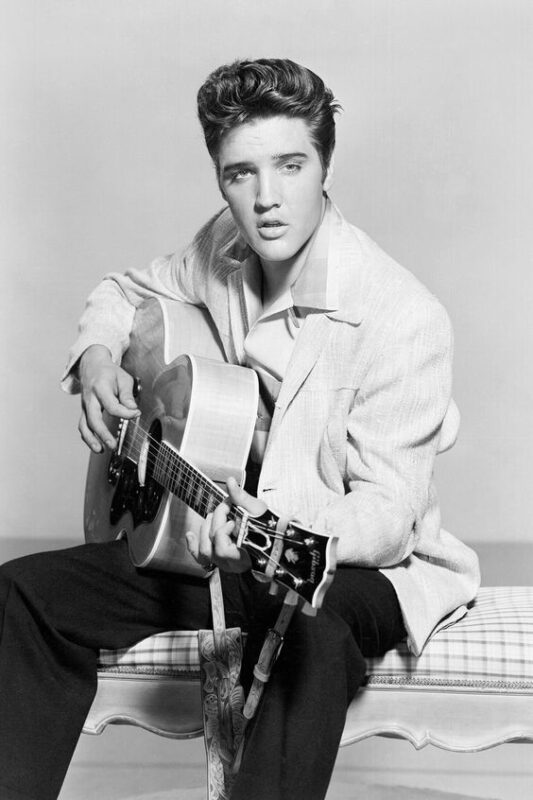
Credits: harpersbazaar.com/Pinterest
During the 1950s, simply being a rock and roll singer was enough to be considered a rebel in society. So, when we talk about Greasers, we must mention the King of Rock and Roll – Elvis Presley!
Elvis Presley was not typically considered a “greaser” like Brando or James Dean’s characters. Yet, he wore Greaser’s outfits and accessories, which soon became a must-have choice for American youth.
Elvis popularized the classic pompadour hairstyle, which quickly became the trademark for most Greaser men, along with leather jackets and blue denim jeans.
Greasers were passionate about rockabilly fashion and rock’ n’ roll music and often emulated their favorite singers. Elvis Presley was a significant role model for many young men around the United States.
John Travolta and the Modern Greaser
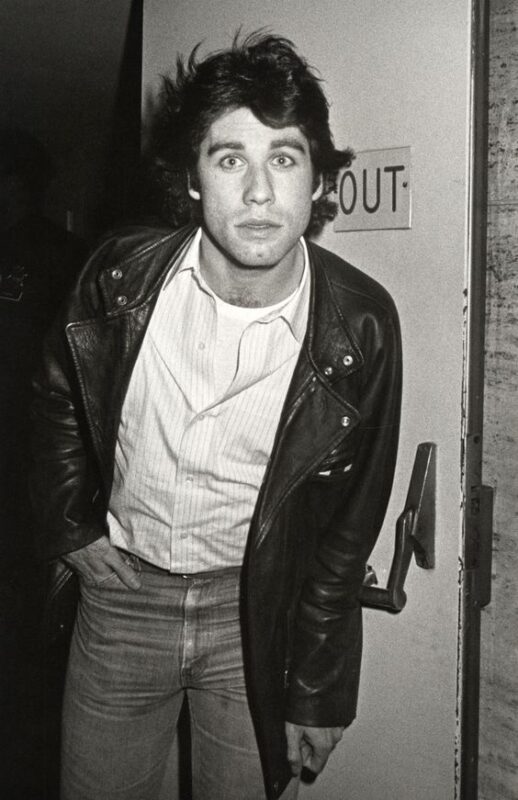
Credits: en.protothema.gr/Pinterest
John Travolta is undoubtedly associated with the modern greaser look due to his iconic role as Danny Zuko in the hit movie “Grease.” Although the film was released in 1978, it was set in the 1950s to romanticize and popularize the Greaser image among younger generations.
Like many Greasers, Danny was a rebel who defied authority figures. He wasn’t afraid to challenge societal rules and expectations and followed his path.
Danny grew up in a working-class neighborhood. He was a tough guy who easily navigated sometimes bad environments. He was very loyal to his friends, who were like his family.
Danny Zuko sported an elephant’s trunk hairstyle and a leather jacket, representing confidence, charisma, and a rebellious attitude. Grease” sparked significant interest in 1950s fashion, music, and culture, with greaser style becoming synonymous with retro coolness and nostalgia.
Fashion and Apparel of 1950s Greasers
Let’s take a closer look at the fashion choices of the everyday greaser.
Black Leather Jacket
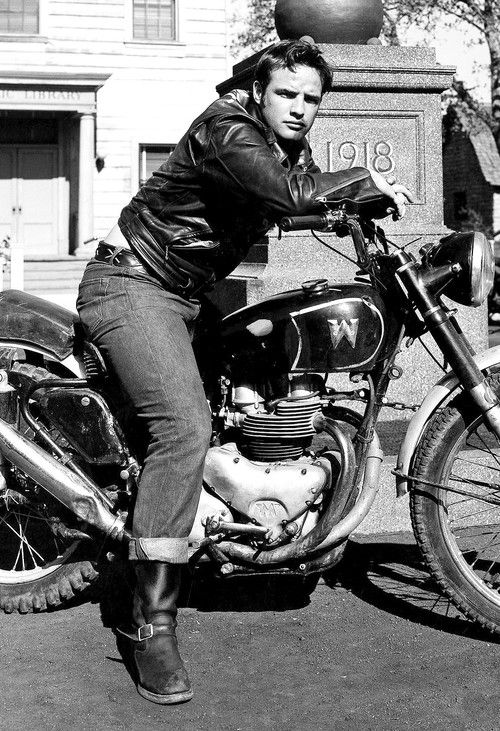
Credits: theniftyfifties.tumblr.com/Pinterest
1950s greasers wore the black leather jacket as the most essential item. Leather jackets represented toughness, rebellion, and motorcycle culture, with defiance against societal norms.
Leather jackets symbolized free spirit and nonconformity.
Some greasers adorned their rugged leather jackets with patches and embroidery to enhance their edgy appearance. The jacket protected while riding but also gave the look a sense of adventure.
It was a signature element that distinguished them from other subcultures of the time and, for many greasers, more than just a fashion statement.
Motorcycle Boots
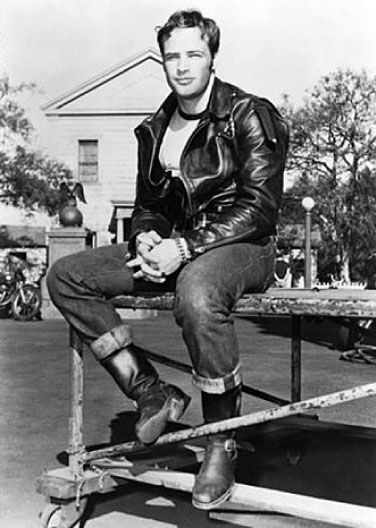
Credits: hollywoodreporter.com/Pinterest
Motorcycle boots were another critical component of the greaser style.
They were worn to protect and support the riders. The thick soles of these boots offered durability and grip while riding or hanging out with other Greasers.
Cowboy Boots
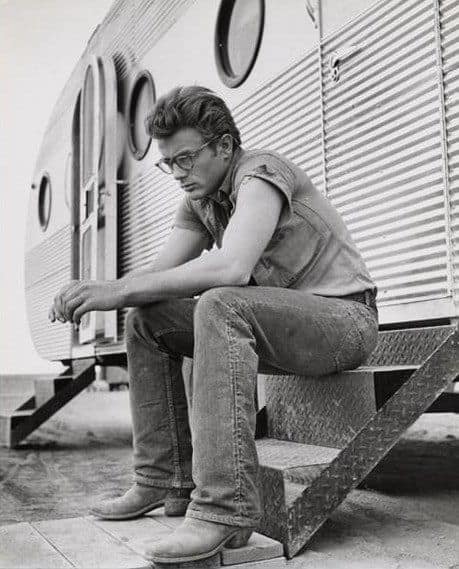
Credits: artofmanliness.com/Pinterest
Motorcycle boots are flexible enough to be worn in different situations.
They are perfect for riding motorcycles and for everyday activities. Their sturdy design makes them ideal for outdoor adventures and provides protection.
Alongside them, many greasers incorporated cowboy boots, work boots, and engineer boots as a nod to the Western style.
Blue Cuffed Jeans
Most greasers came from working-class families, and they wanted their clothing to reflect their socioeconomic status. They found blue cuffed jeans the perfect choice as they were fashionable but also practical and durable.
These jeans suited their active lifestyle, often involving physical labor or outdoor time. Denim is a long-lasting material, and the jeans were affordable to many.
Leather Pants
Since leather pants had been worn by rock’n’roll legends of the time, many greasers adopted this trend. By wearing leather pants, they could ride their bikes with a rebellion.
Leather pants symbolize rebellion and nonconformity, reflecting the Greasers’ desire to stand out from the crowd. Their sleek and edgy look complemented their tough exterior and added to their aura of defiance. Whether cruising on motorcycles or strutting through the streets, Greasers rocked leather pants with unrivaled style and attitude.
Tight-Fitted T-Shirts
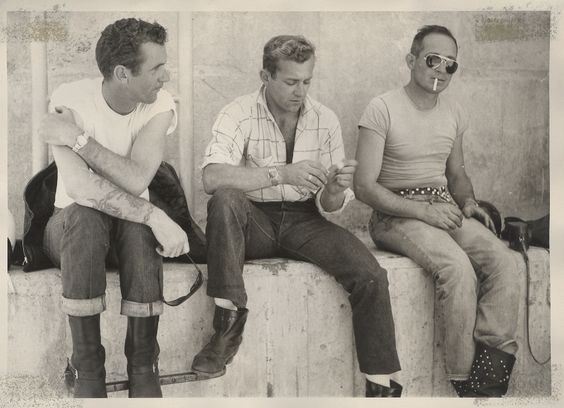
Credits: deviatesinc.tumblr.com/Pinterest
Tight-fitted T-shirts were a popular casual wear choice among 1950s greasers.
These shirts were perfect for showcasing their slim and muscular bodies and could be worn with sleeves rolled to hold a pack of cigarettes. Ringer T-shirts, Italian knit collared shirts, and sleeveless undershirts were also common choices.
Many greasers wore chain wallets to keep their belongings close at hand. Other accessories included chains, necklaces and bracelets, rings (often simple metal bands), stud earrings, and leather bracelets. Sunglasses were important for riding because they protected against the wind.
White Socks
In the 1950s, greasers commonly wore white socks as a part of their attire. They were versatile and casual, adding a clean and polished look paired with jeans. White socks also represented their working-class background.
And let’s not forget about the hairstyles!
Greasers used to slick hair or wear iconic pompadours as their favorite role models!
Social Dynamics and Associations
In the 1950s, young people from working-class backgrounds who lived in industrialized urban areas faced various challenges, including limited opportunities, economic hardships, and social marginalization.
During this time, a dominant culture of conformity, consumerism, suburbanization, and adherence to traditional values prevailed. Many people could afford houses in the suburbs, and families had more income than before.
However, the greaser subculture rejected these norms and embraced a countercultural identity. They rebelled against authority, societal expectations, and middle-class values.
The 1950s greasers desired individualism, self-expression, and authenticity.
To find a sense of belonging and protection, greasers often formed street gangs in urban neighborhoods. These gangs were usually established in areas with high poverty rates and limited opportunities.
There was a hierarchy within street gangs, with a leader called a “big shot” who held high authority and commanded respect.
Leaders were known for their physical strength, strategic thinking, charisma, and decision-making. They organized everything within the group. Below the leader were several ranks or positions acting as enforcers to maintain order, while others were followers who looked up to the leaders and followed their directives.
Greasers were often teenagers who felt rejected and discriminated against by society. These street gang communities provided a sense of identity and belonging during the 1950s.
Along with street gangs, motorcycle clubs also created a sense of camaraderie. Greaser motorcycle clubs gave a strong sense of brotherhood, and individuals could bond over a love of motorcycles, rock n roll music, and the greaser subculture.
Members of the clubs usually formed deep and lasting friendships, often referring to each other as “brothers.”
Greaser motorcycle clubs embraced the values of freedom, individuality, loyalty, and rebellion against authority. They also provided mutual support and solidarity among members.
Greasers often participated in group activities within a club, like riding together, attending motorcycle rides and events, and enjoying club meetings.
Post-war America witnessed significant economic growth and prosperity.
But, not all segments of society benefited equally. Working-class youth, often from industrialized urban areas, faced financial hardships, limited opportunities, and sometimes social marginalization. Greaser subculture emerged as a response to these disparities, giving young people a sense of solidarity and hope.
Legacy and Influence
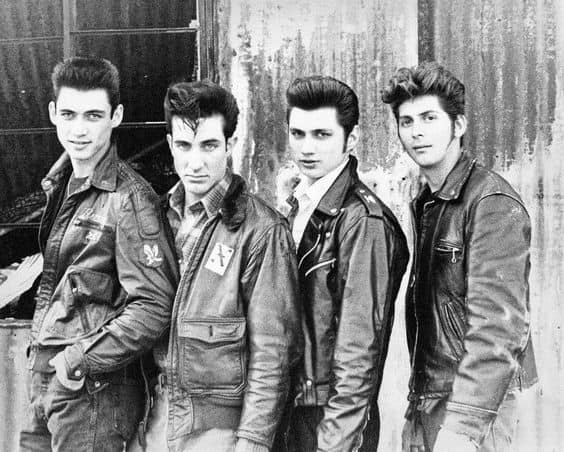
Credits: shows.acast.com/Pinterest
Rockabilly music emerged in the 1950s, blending rock ‘n roll, blues, country, and gospel. Greasers, known for their rebellious spirit, embraced rockabilly for its raw energy and rebellious lyrics.
They adopted the style of their favorite musicians, shaping their identity around themes of freedom and self-expression. This cultural expression spread to Great Britain, influencing subcultures like the Teddy Boys.
The Teddy Boys, inspired by the Greasers, had their own style with tailored jackets, narrow trousers, and slicked-back hair. They formed groups for camaraderie and frequented dance halls and clubs.
Similar subcultures like Mods and Rockers emerged, each with its own music and fashion preferences. These groups shared the greaser ethos of nonconformity and rebellion.
In modern times, greaser fashion has gained global popularity, with elements like leather jackets and denim jeans becoming timeless classics. Vintage fashion from the 1950s is also making a comeback, with modern enthusiasts incorporating greaser elements into their style.
Online stores offer authentic greaser clothing, and communities celebrate this iconic look. Fashion designers often draw inspiration from the greaser aesthetic, leading to a resurgence of sleek hairstyles and classic leather jackets in contemporary fashion.
Conclusion
The Greaser subculture has significantly impacted young people in America and around the world. They stood out by rejecting rules and authority and embracing their tough backgrounds. Greasers were all about rebellion and independence:
- They dressed uniquely, not like everyone else.
- They listened to rockabilly music, which wasn’t accepted by mainstream society.
- They formed close bonds within their community for support.
Today, many people might share traits with modern greasers without realizing it. Anyone who goes against the norm, dresses differently, and hangs out with similar people could be considered a modern greaser. In today’s world, various subcultures offer a sense of belonging.
To learn more about greaser culture, check out educational programs, exhibits, and online resources. Watching old 1950s movies and listening to rockabilly music are great ways to dive into their world.
